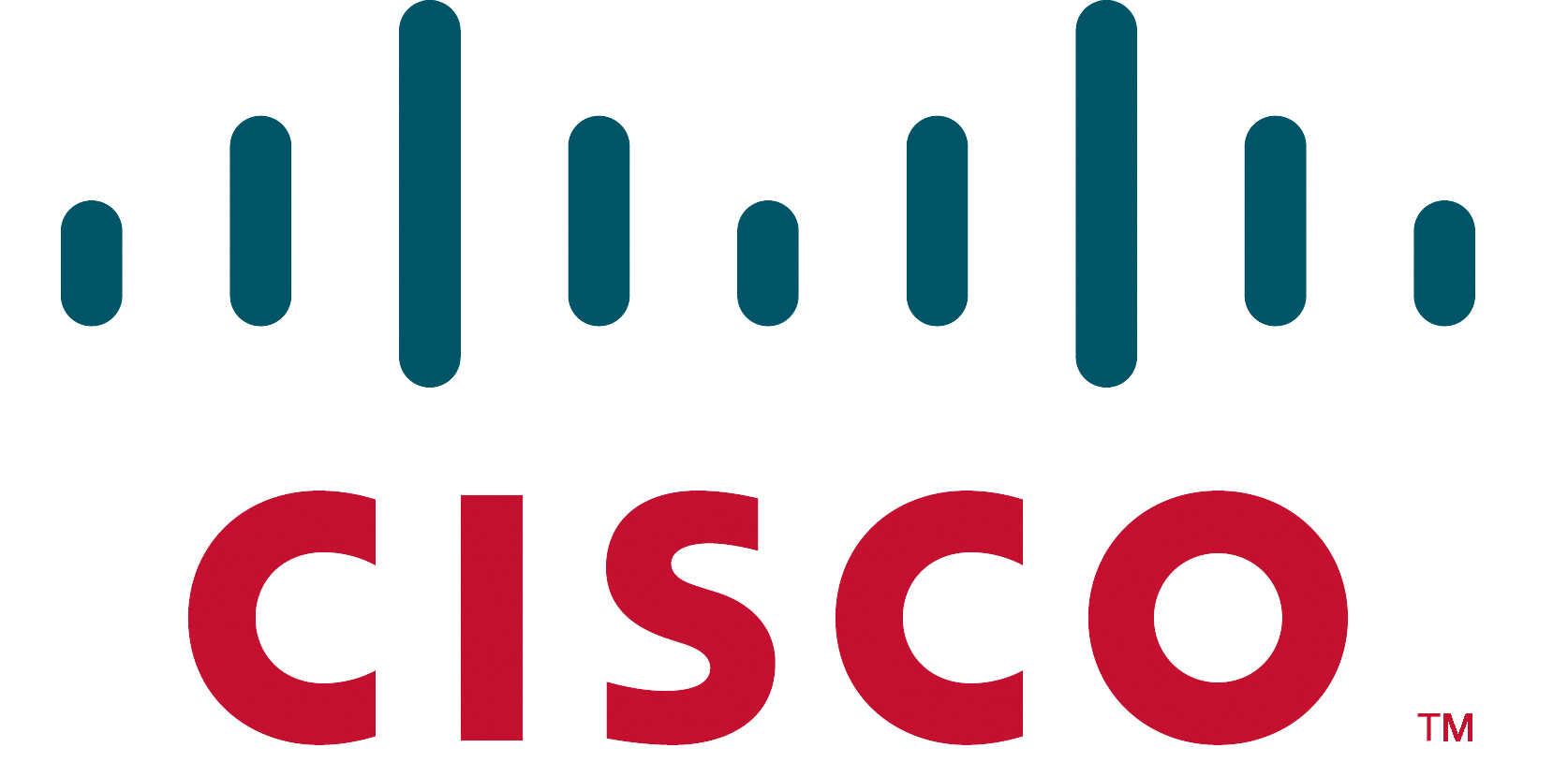With the most recent release of the Cisco UCS ZenPack, Zenoss now provides support for standalone Cisco UCS C-Series Rack Servers and Cisco UCS E-Series Blade Servers.
Monitoring Cisco UCS Converged Infrastructure with Zenoss
Zenoss Service Dynamics was the first enterprise-class monitoring solution to provide a unified monitoring approach to all the components in the Cisco UCS stack. With Zenoss unified monitoring for Cisco UCS converged infrastructures, you can quickly and easily understand the relationships between all of the different components in the Cisco UCS converged infrastructure stack — operating system workloads, virtual machines, virtualized hosts, service profiles, datastores, and storage arrays.
The real-time, model driven Zenoss “Live-Sync” model seamlessly monitors Cisco integrated infrastructure — Cisco UCS domains, virtualization farms, application workloads, and supporting network and storage devices.
If you are running Cisco UCS in your environment, Zenoss helps you by:
- Providing complete, ready-to-use coverage for Cisco integrated infrastructures - Out-of-the-box monitoring policies for Cisco UCS compute, VMware vCenter virtualization, Nexus networking, and NetApp and EMC storage resources, including NetApp FlexPod and VCE Vblock solutions. The unified service insight Zenoss provides eliminates the need to integrate separate management applications for event, availability, and performance management.
- Eliminating guesswork by managing the currently running system - Change-driven as well as scheduled discovery ensures accurate understanding of converged infrastructure. Zenoss maintains an up-to-date graphical model of the relationships between compute, virtualization, storage, and networking components so you can clearly understand the impact issues have on service delivery. The model is dynamically and automatically maintained as changes to your IT infrastructure occur.
- Speeding up problem diagnosis - Uses a quantitative root cause analysis process to suppress event floods and identify potential impact chains in order of probability.
- Allowing you to solve customer problems first and fix equipment later - Identifies affected end user services using the relationship model when infrastructure availability and performance events occur and uses a service dependency model to analyze and determine impact level.
- Providing data you can use to drive your decisions – View device performance and availability and resource faults and utilization trends over time, as well as predict future capacity utilization requirements based on historical usage data.
- Allowing you to grow without changing your tools and processes – Distributed architecture supports deployment models from proof of concept to multi-data center production operations.
New Support for Cisco UCS C-Series Rack Servers and E-Series Blade Servers
The Cisco UCS ZenPack for Cisco UCS converged infrastructure monitoring already integrates with Cisco UCS Manager and provides monitoring for Cisco UCS B Series Blade Servers and Cisco UCS C-Series Rack Servers managed by Cisco UCS Manager.
Zenoss has now extended our Cisco UCS monitoring capabilities to include performance monitoring and event management for standalone Cisco UCS C-Series Rack Servers and Cisco UCS E-Series Servers. Zenoss manages standalone Cisco UCS C-Series Rack Servers — C-Series servers not connected to Cisco UCS Manager — and Cisco UCS E-Series Servers by connecting to the Integrated Management Controller in each server.
New capabilities for standalone Cisco UCS C-Series and E-Series Servers include:
- Discovery – Discovers and models standalone Cisco UCS C-Series Rack Server and E-Series Blade Server components such as power supplies, fan modules, fans, CPU, memory, network adapters, Virtual Interface Card (VIC) adapters, storage controllers, physical disks, virtual drives, and more.
- Performance Monitoring – Monitors standalone Cisco UCS C-Series Rack Server and E-Series Blade Server component status, as well as monitors for performance metrics such as power consumption, temperature, physical memory availability, and more.
- Event Management – Captures all faults from standalone Cisco UCS C-Series Rack Server and E-Series Blade Server components and turns them into Zenoss events that you can easily view and manage using the unified event management capabilities Zenoss provides.
- Service Impact – Includes support for building service impact models that visually display relationships between standalone Cisco UCS C-Series Rack Server and E-Series Blade Server components and the applications and services the components support. This allows you to quickly and easily see how faults or failures impact application and service delivery.
- Reporting and Analytics – Provides a fully defined data domain that you can use to create ad-hoc reports on Cisco UCS C-Series Rack Server and E-Series Blade Server inventory, status, and performance and availability metrics.
Next Steps
If you have standalone Cisco UCS C-Series Rack and E-Series Blade Servers, learn more about the monitoring support we provide for these servers. For more information about downloading and installing the latest version of the Cisco UCS ZenPack, see the detailed technical information provided on our Cisco UCS ZenPack wiki page.
New to Zenoss?
If you want to learn more about Zenoss and what we do check out the following links, which provide more information about Zenoss and the unified monitoring capabilities Zenoss provides:
- Watch Quick Tour: Unified Monitoring with Zenoss Service Dynamics Resource Manager to get a quick overview of Zenoss and how Zenoss can help your more efficiently and cost-effectively monitor your environment.
- Read Unified Service Insight from Zenoss to get a quick overview of how Zenoss Service Dynamics provides Unified Service Insight into the end-to-end operation of IT infrastructures and supports service delivery, improves service quality, and reduces your IT operational costs.
- Request a free trial! See how you can use Zenoss more in your environment to more effectively and cost-effectively monitor and manage your environment using a single, unified monitoring view and unified monitoring processes.








